James Hock never bothers to fit within the standards of traditional labels, nor does his brand. The Malaysian born designer first studied accounting in Australia, later dipping his toes in the fashion industry with a whimsical array of hats and other accessories. Today his London-based brand churns out unisex sweaters, culottes and dresses, in addition to the eccentric accessories he originally started with. Sticking to a neutral palette free from loud logos or prints, Hock describes his aesthetic as mellow, despite tackling pointed themes in his collections. Attuned to current events, his Autumn/Winter 2016/17 season empowers clients to, “fight back,” in camo-net skirts, patchwork-quilt wraps and wool combat jackets. The designer strives to reinvent basics, and in his latest work, he managed to translate military details into casualwear. Having read each collection is a reaction to the previous one, we decided to chat with Hock about where his style currently stands before he gets too caught up in the next wave of inspiration.
Emily: You made quite the career change! How did you go from accounting to fashion design?
James: I wasn’t a big follower of fashion; I just liked clothes. I didn’t have that moment where I was like, “I want to do fashion.” I’ve always said I’m a really late developer. Throughout the whole time [studying accounting] I was doing little things like customizing my own clothes. One of my friends opened a little shop, and he got me to customize some stuff… My housemate at that time made clothing as well, and she sort of taught me how to sew. In London I was making accessories and little things, and I was like, “I am really keen on fashion now,” so I enrolled in college [for design] and then it all started.
E: You’ve definitely grown as a designer, as we can see from you making both accessories and clothing. Why did you decide to make your line unisex?
J: I first did full on womenswear. Everything was very body conscious, very feminine. I guess it was sort of a reaction. Even though we use the term, “unisex,” it is still slightly geared towards womenswear. Very boyish, masculine womenswear or very feminine menswear. I find it very modern to do this sort of loose silhouette. I find it very uncomfortable when I see a woman wearing a dress so tight that she can barely move, or if she moves in the wrong way something is going to pop out. I question why women would subject themselves to be objectified like that and put on that really, really uncomfortable dress. [But] I’m just giving an option, a different dialogue to what you can wear, and I guess it has challenged the perception of what is feminine or what a woman should wear.
E: As a designer, what do you have to do differently when making a piece unisex?
J: Unisex, the term, has become really popular now. People are putting out big T-shirts and jumpers and calling it a, “unisex collection,” which kind of makes me cringe. Things can be oversized, but it has to be interesting. It has to work. It has to have a purpose, and it can’t just be oversized for the sake of [being] oversized. You have to think about smaller details or how you can change the shape of something. I like having an [element of]…play with my clothing… It’s always fun to be able to adjust what you are wearing or to create your own shape. All I am giving you is a base, and you can play [with] it or change it according to your body.
E: For AW16/17 you had to turn to tradition though to fulfill your “fighting back” theme, correct?
J: I like vintage stuff, so l looked back at the resistance movements [throughout] the centuries and during the war, and I took elements of what they had. The details from the uniforms, the blankets, just little things and made it into the collections. And that’s why we have things like patchwork. I haven’t done the patchwork quilt thing [before]; I think that was very exciting. We have done lots of hand knitting, but not crochet. I think crochet [as a technique] is quite folky and granny…I try to use the [most basic techniques] but in a very modern way. Instead of being very delicate and refined, I try to be quite rural.
E: Tell me a little bit more about why you chose this theme?
J: I think a lot about what is going on around me, around the world, and we all know what happened around Paris and Brussels. All that kind of stuff. You know, sometimes you feel like you need to make a sort of statement. I know it is just fashion, but… we can give a message on what we feel. It can be subtle. It doesn’t have to be in your face.
E: What else influences your designs?
J: I always believe you have to be like a sponge, to absorb what is around you. I have sort of a bad habit: I can’t stop staring at people and people’s’ clothes. I’m especially attracted to what people would consider bad taste. I like bad taste. When I see something that is really considered bad taste it stays with me for a long time, and I try to recreate that element but somehow make it into what you would find attractive. I’m always challenging myself. It’s hideous, how do I make it not hideous? That’s why when anyone asks me what [kinds of things I] dislike, I basically refuse to answer that question. Because whatever I say, I will probably do it the next year.
Some of our favorite looks from James Hock’s Fall/Winter 2016 Collection:
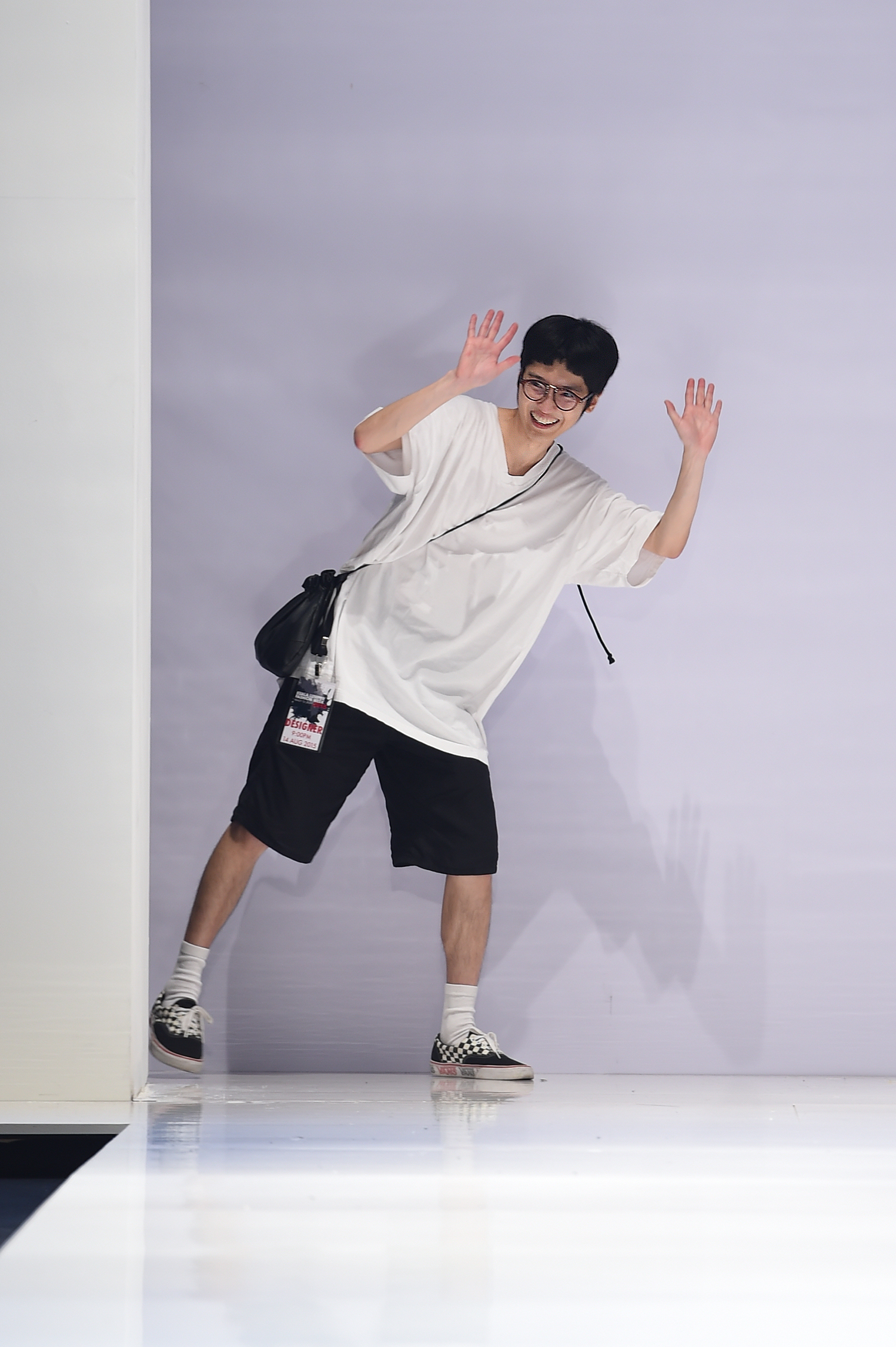
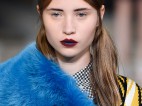
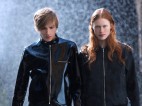
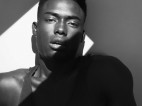
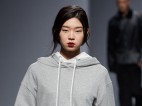
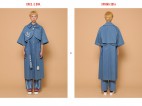

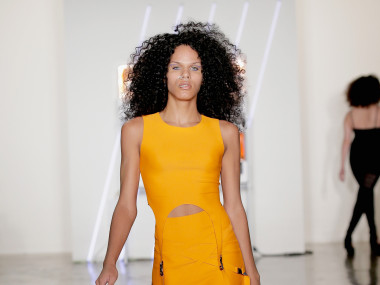
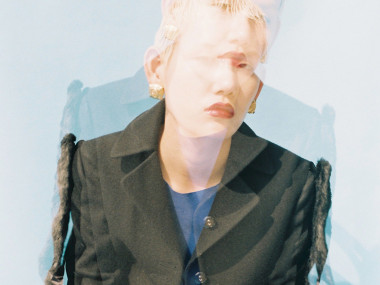

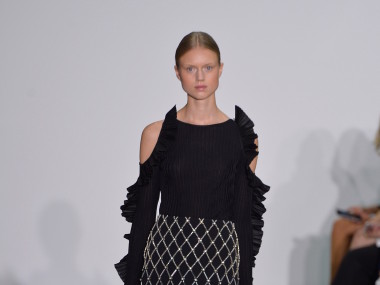
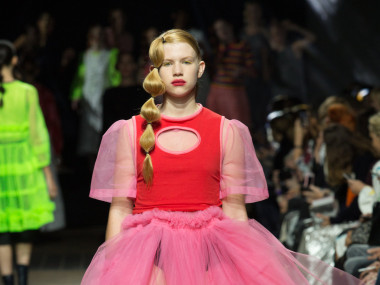
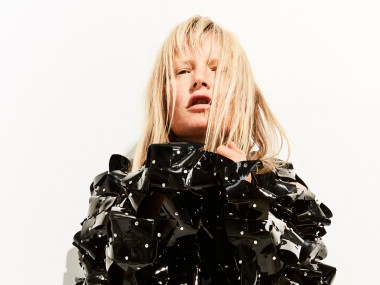
Comments